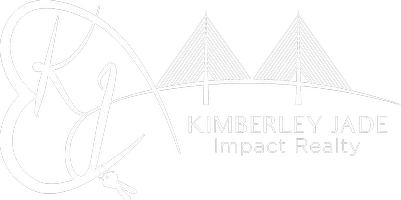How Fast Can You Get Pre-Approved for a Home Loan?
How Fast Can You Get Pre-Approved for a Home Loan? Getting pre-approved for a mortgage is one of the first steps in the homebuying journey. It gives you a clear picture of how much house you can afford and shows sellers you’re a serious buyer. But if you’re ready to start shopping for a home, you mi
How to Manage the Stress of Buying a House
The stress of buying a house is real, and you’re not alone in feeling it. Between financial uncertainty, emotional highs and lows, and a fast-moving housing market, homebuying can quickly become overwhelming, even for experienced buyers. This Redfin Real Estate guide breaks down why the process is
What is An Appraisal Contingency and How Can it Impact Your Homebuying Journey?
Whether you’re a first-time homebuyer or seasoned buyer looking to upgrade or downsize, navigating the housing market can definitely be daunting. Regardless of your experience level, the complex jargon and legalities involved when home buying can be difficult to understand, but don’t worry. In this
Are You Ready to Buy A Vacation Home? 8 Things to Consider Before Buying A Vacation House
Key takeaways: A vacation home costs more than the purchase price—budget for taxes, insurance, upkeep, and travel. Pick a location you’ll actually enjoy that also has long-term resale potential. While rental income and tax perks are possible, vacation homes also bring added risks and responsibilitie

Kimberley Jade
Phone:+1(727) 768-4421




